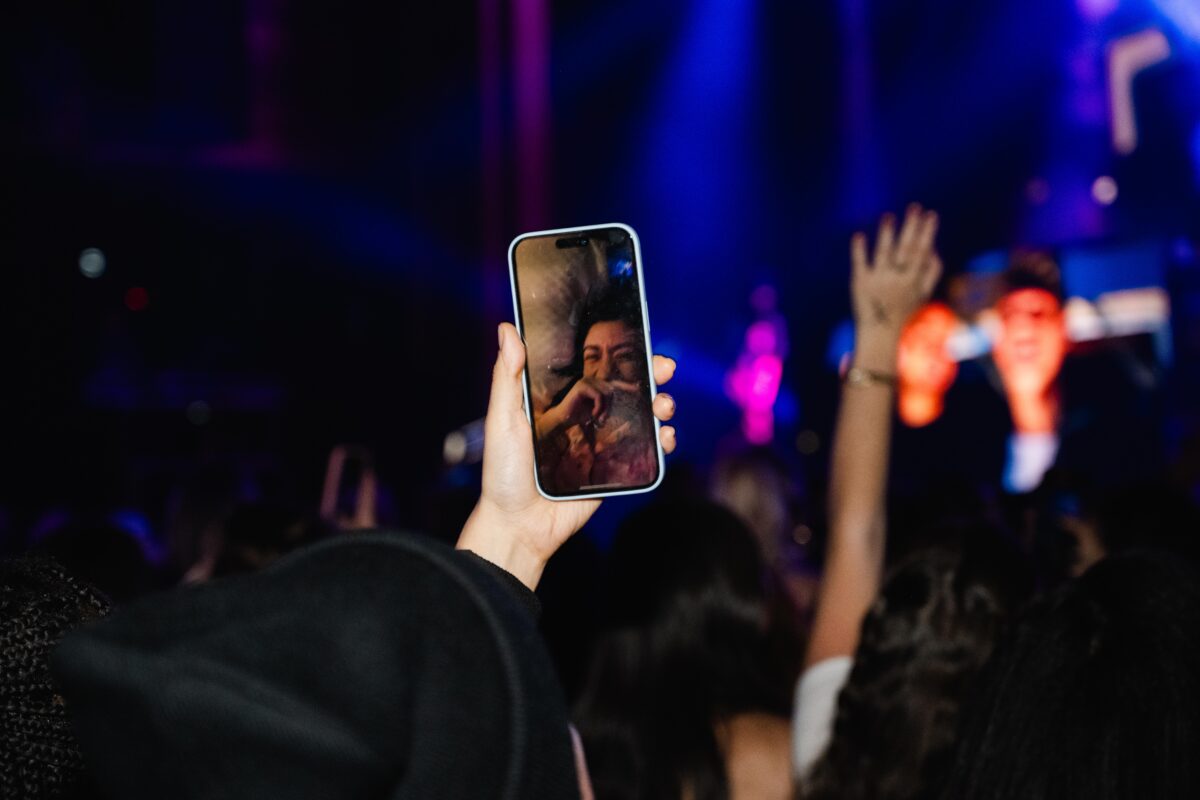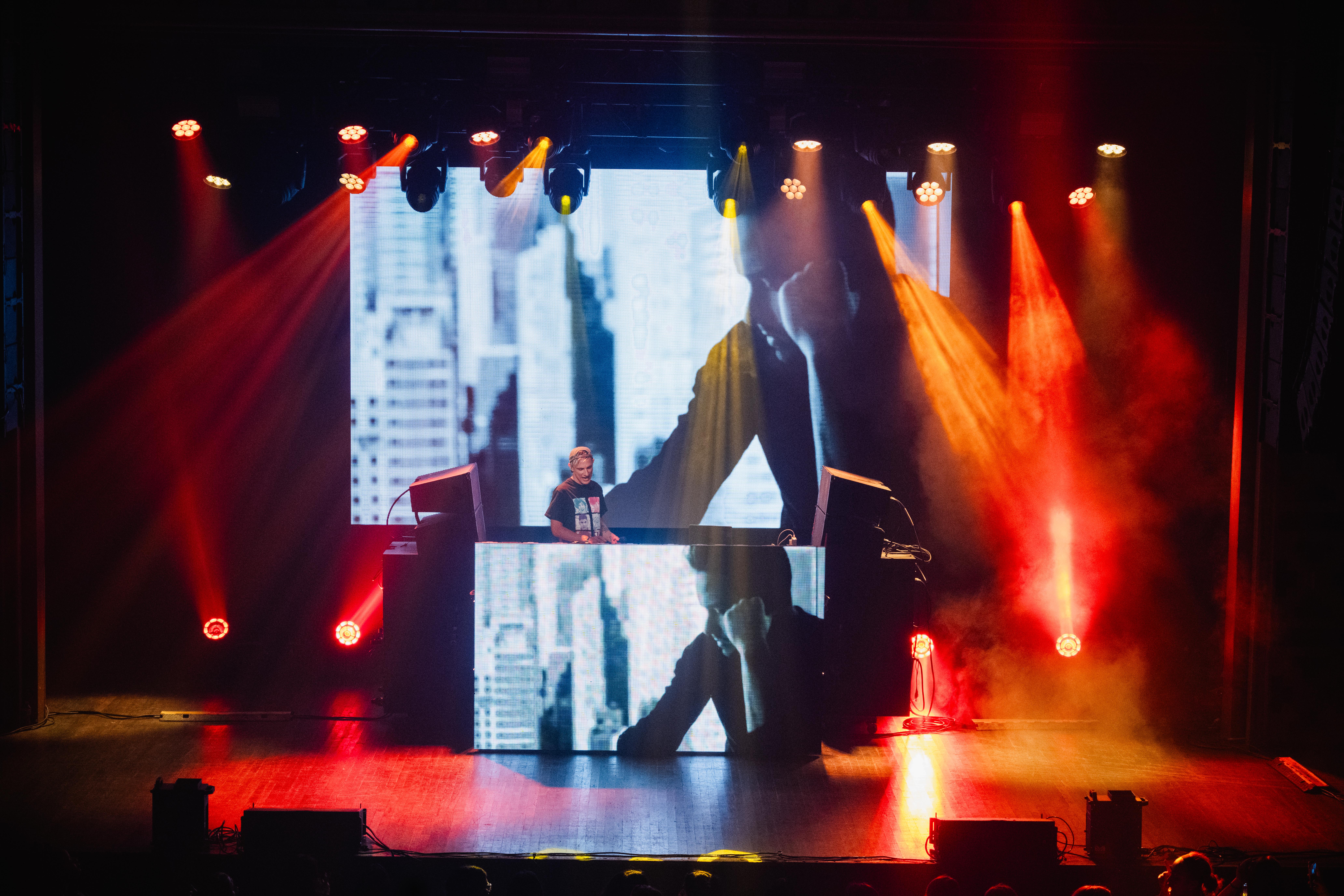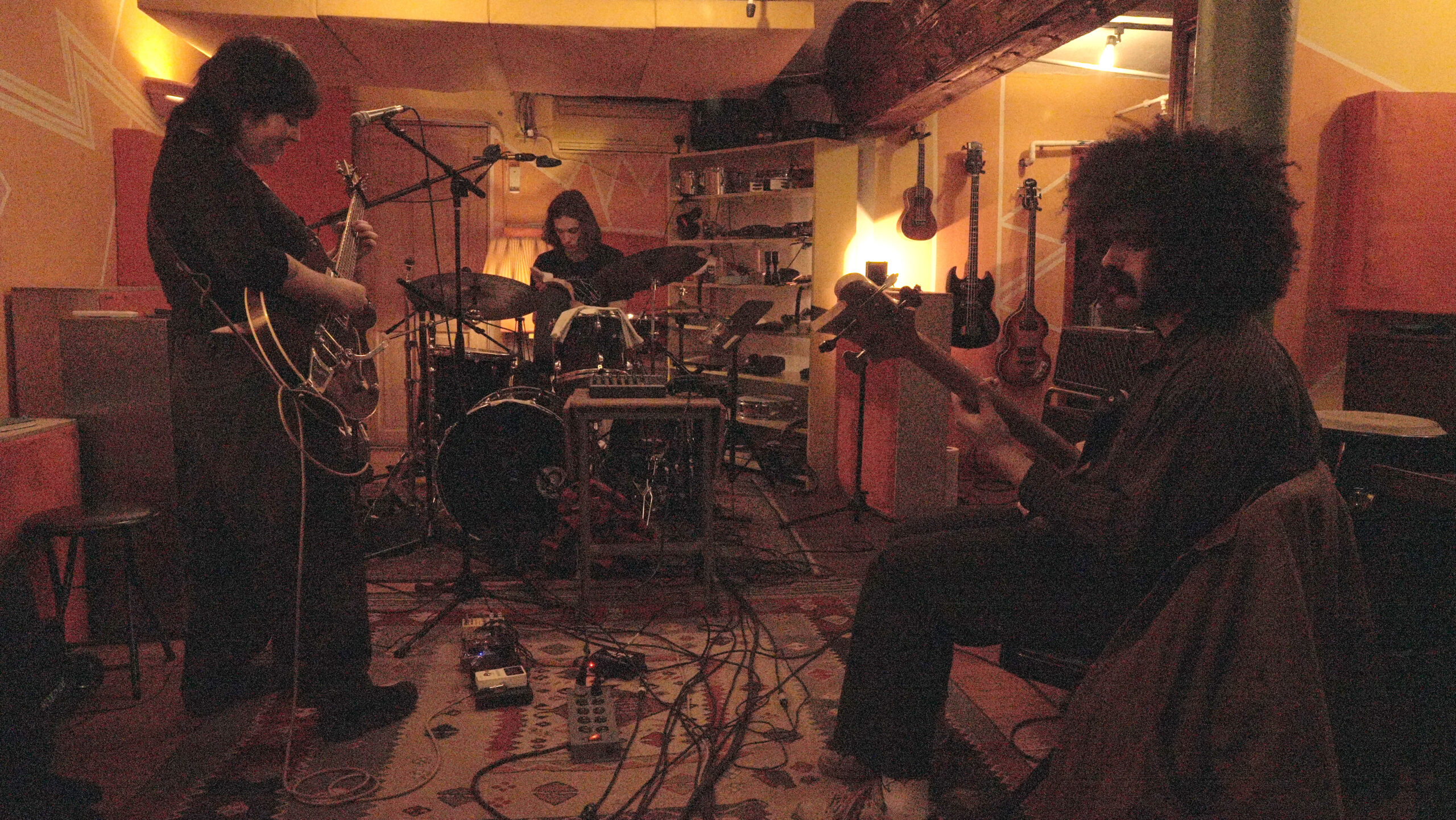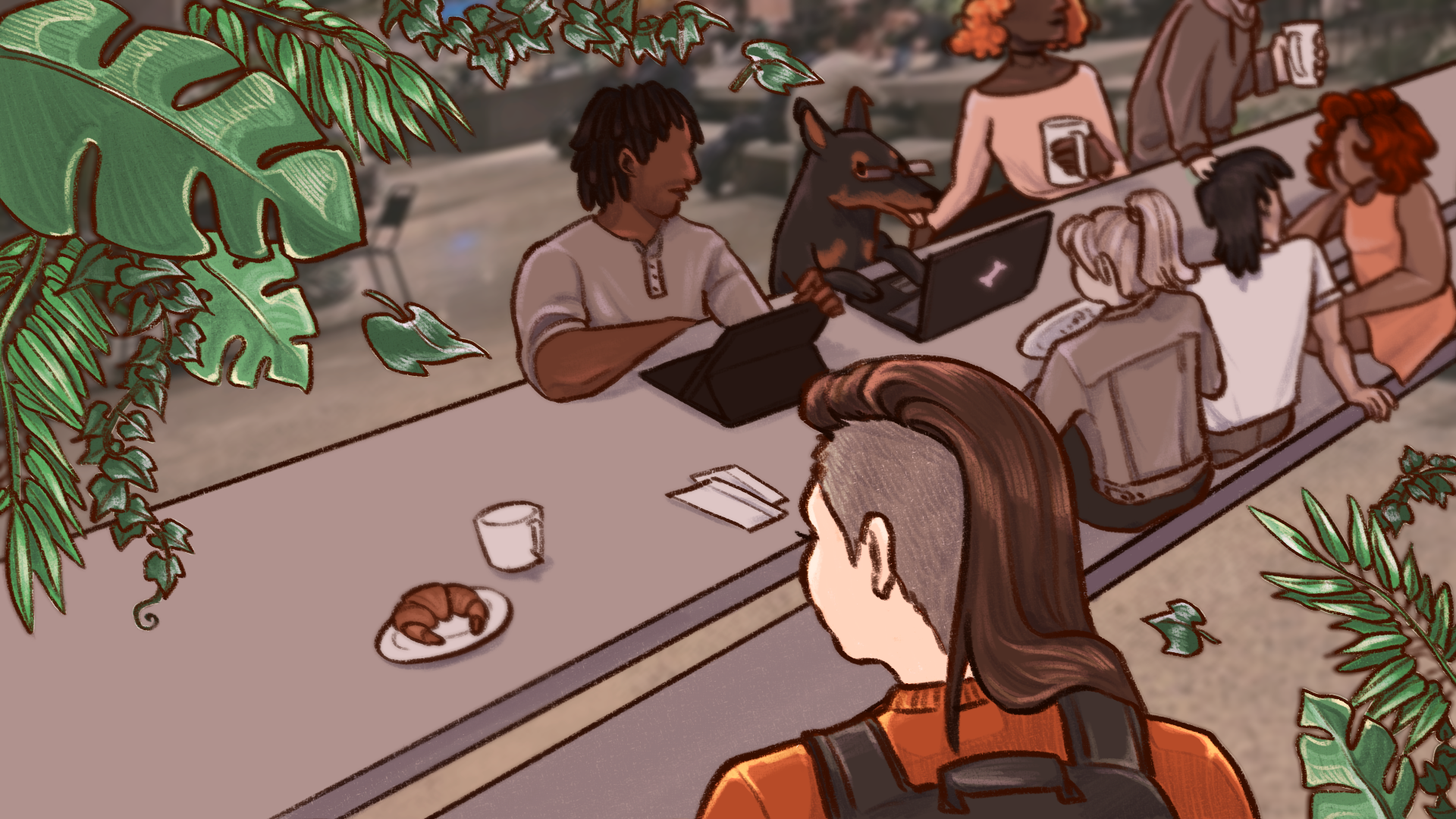Liam Payne’s untimely death has taken many by storm. In the spirit of memorialization, Club 90s, a Los Angeles-based event organizer, hosted a benefit concert in memory of the former One Direction star at Webster Hall on Nov. 15. The event, titled A Night for Liam, was set to start at 11 p.m., but by 10:30 p.m. there was a line stretching at least a block of sidewalk outside the venue. The line was studded with guests in One Direction shirts, merchandise from the members’ solo careers — such as Harry Styles’ Love on Tour t-shirts — and a few even carried One Direction dolls that were first sold in 2012.
The concert was meant to be a tribute and a celebration of life for the musician, who largely contributed to One Direction’s incredible success from 2010 to 2016. A portion of proceeds from the tribute concert will be donated to SAFE Project, a charity focusing on overcoming addiction — something Payne struggled with in his adult life.

Photo by Dove Williams
The event was home to people from all age groups, but there was no doubt a common ground: nostalgia. Payne’s death was felt personally for many reasons, one being the loss of a star who most fans grew to know during their childhood.

The crowd spilled into the venue, packing the floor so there was barely space to move. Everyone was vibrant and friendly, conversing with one another about their favorite One Direction albums, their fan origin stories, and which songs they were most excited to hear. Closer to the left side of the stage, the bar was serving a drink named after the band.

The One Direction fandom was running rampant. Many people were wearing unofficial yet fitting merchandise, such as the heavy metal One Direction shirt, as pictured above. In anticipation of the music, people bonded over their outfits, took pictures, and formed larger groups to dance with. The concert began with songs from One Direction albums “Up All Night” and “Take Me Home,” released in 2011 and 2012, respectively.
It seemed as though the entire crowd knew every word to every song, ad-libs included. Twelve years after One Direction toured internationally, the crowd at Webster Hall on Friday night still knew when to chime in with improvised lyrics.

It’s difficult to fit years of devotion into one night of reminiscence. Crowd member Gabriella Mocheniat, an artist from Brooklyn, spoke to Payne’s reach. “He saved lives. I know people downplay it, especially with the fanbase being young women and girls. His life had a lot of meaning,” she said.

Death is undeniably complex, especially when it happens in the context of fame and tabloids. In Payne’s case, the events leading up to his death added a layer of complication and conspiracy among fans. Payne’s ex-fiancee Maya Henry released a book on May 13 of this year titled Looking Forward — a collection of personal journal entries about an ordinary girl who begins dating a boyband member, tied to themes of abuse, violence, and substance abuse — suspected to be based on her relationship with Payne.
Just 10 days before his passing, Henry disclosed detailed descriptions of the manipulation tactics he supposedly used on her. As a result of Henry speaking out, many fans began rethinking their regard for the One Direction musician, which caused an influx of hate for Payne on social media.

A week before Payne’s death, he was issued a cease-and-desist by Henry. After his passing, already suspicious fans flocked to social media with discourse about the role Henry and Payne’s relationship played in this death. Paradoxically, the same hate that was cast toward Payne prior to his passing was redirected at Henry mere moments after Payne’s death, and some fans went as far as to blame her for his death by posting hateful comments on her social media accounts.
Behind this convoluted blame game is the simple concept that fans can find it difficult to digest that their idol is capable of causing harm. Time and time again, this unwillingness to accept reality causes celebrity deaths to become romanticized. This balancing act between glorification and tragedy is difficult to come to terms with alone. Perhaps this tribute concert acted as a form of closure for the One Direction fans — who likely had expectations for One Direction’s reunion tour a few years down the road.

Towards the end of the night, the crowd reached an emotional peak as the slower songs kicked in and a projector on the stage flipped through old concert moments. There was one moment in particular that made the crowd break down — a clip of the band from 2010 documenting their X Factor journey reflected on the screen to the song “If I Could Fly” from the 2015 album Made in the A.M. The audience swayed and sang along.
The death of someone young and troubled is always bound to be devastating. Regardless of whether the relationship fans have with artistic success and idolized individuals is parasocial or not, getting caught in the frenzied world of entertainment can be suffocating, especially when the only outlet for discourse is social media comment sections. Webster Hall’s A Night For Liam provided a cathartic experience for fans to move past unraveling the many conspiracies surrounding Payne’s death and instead appreciate the joy his music brought to their lives.








Leave a Reply